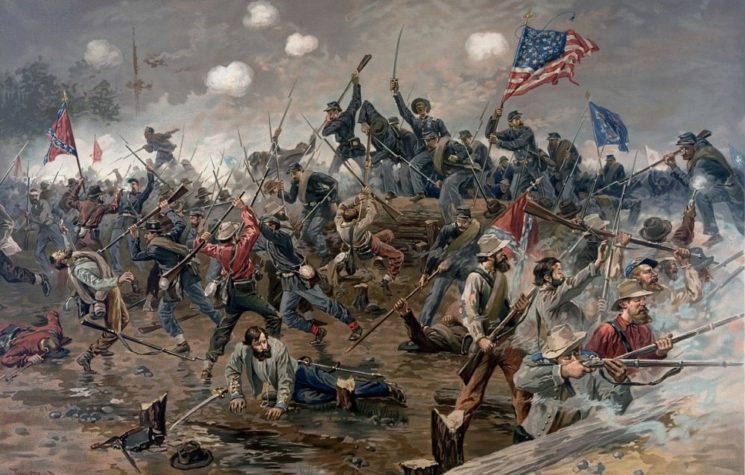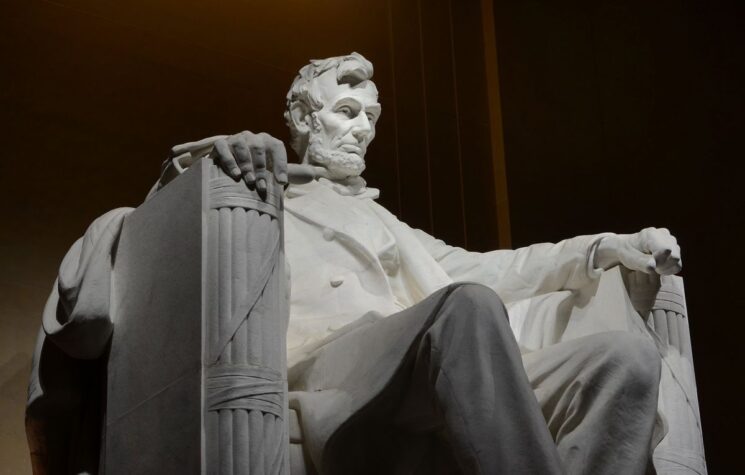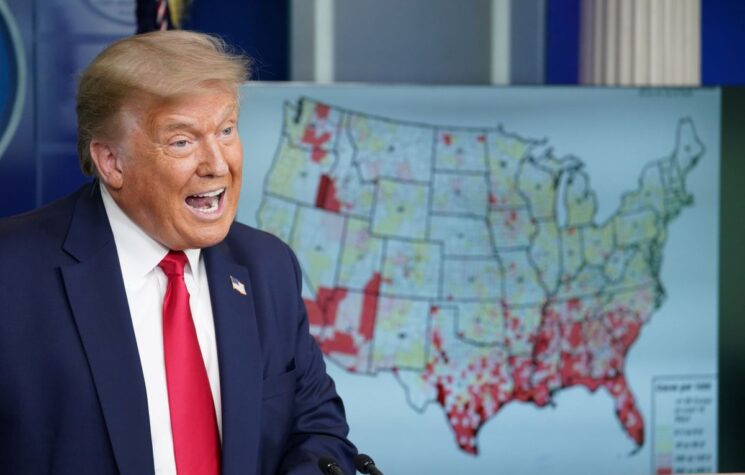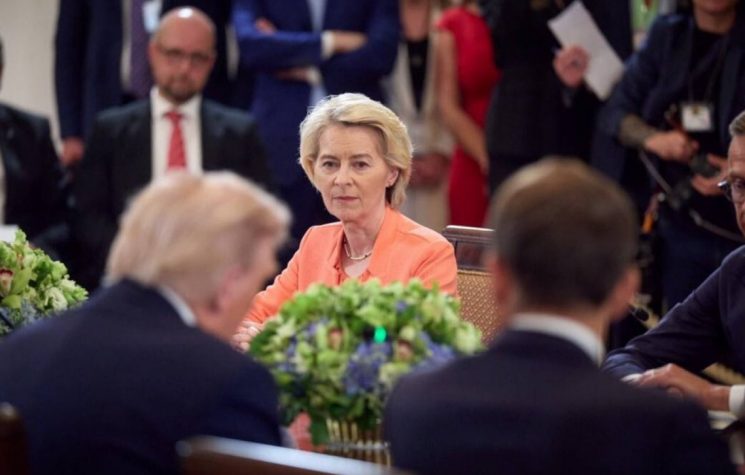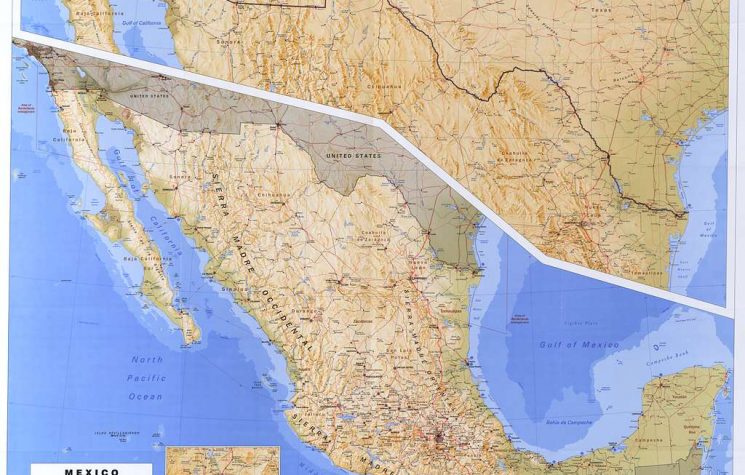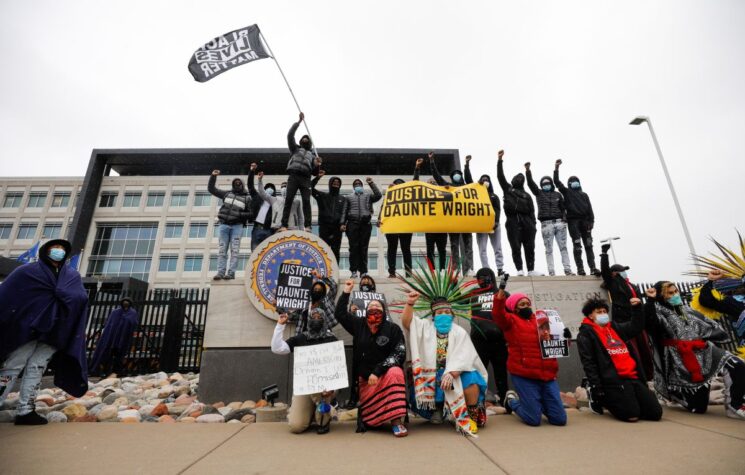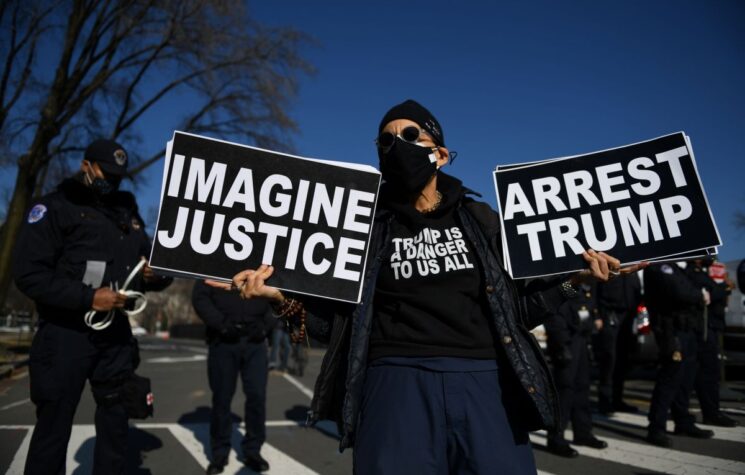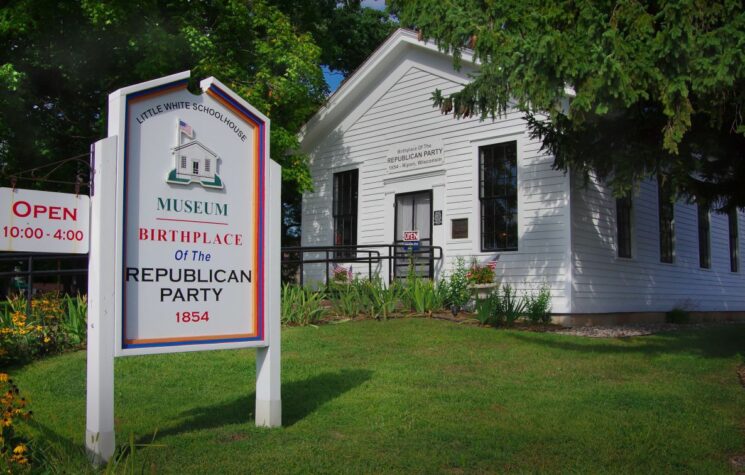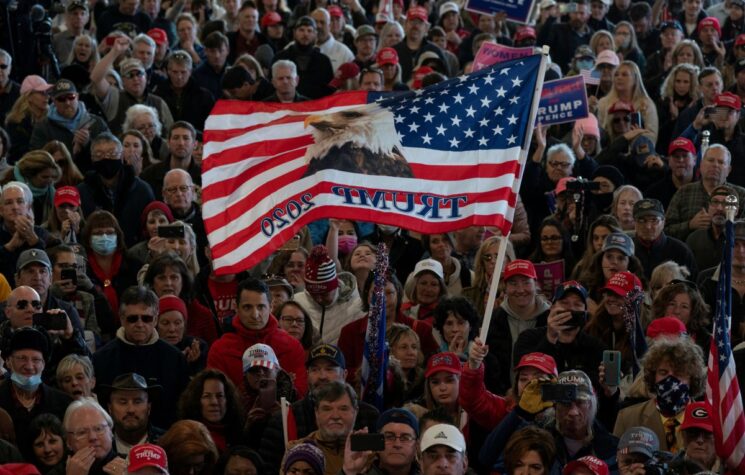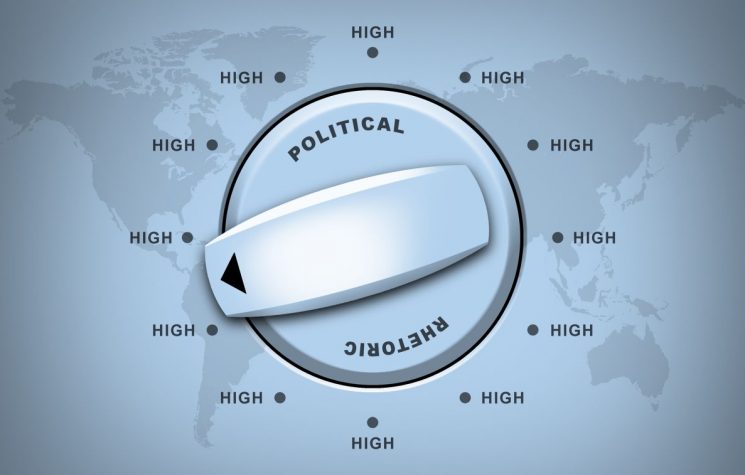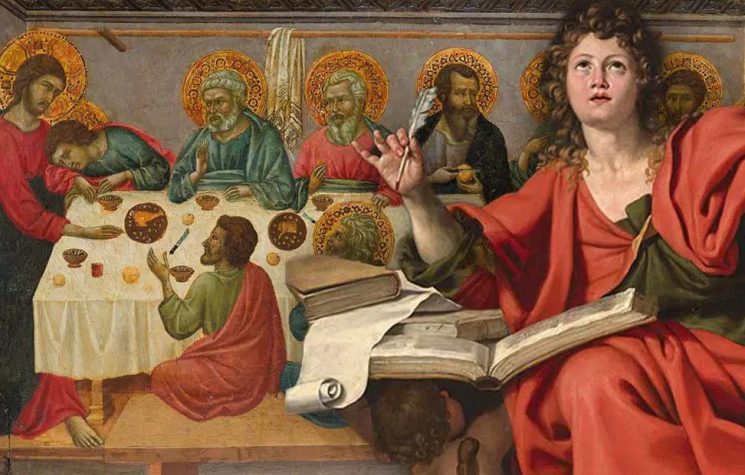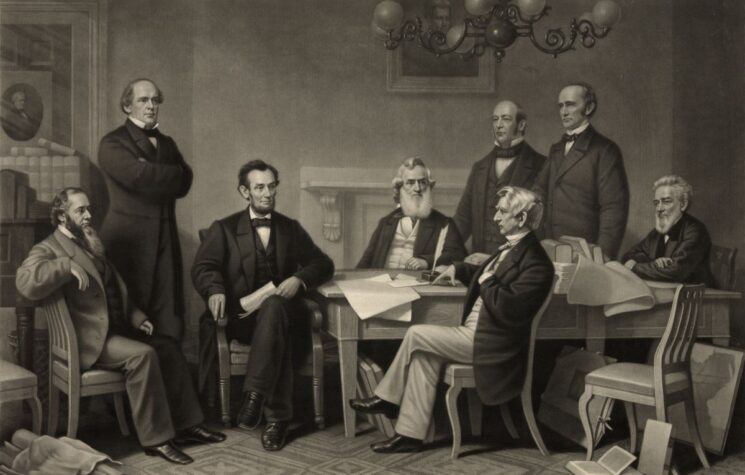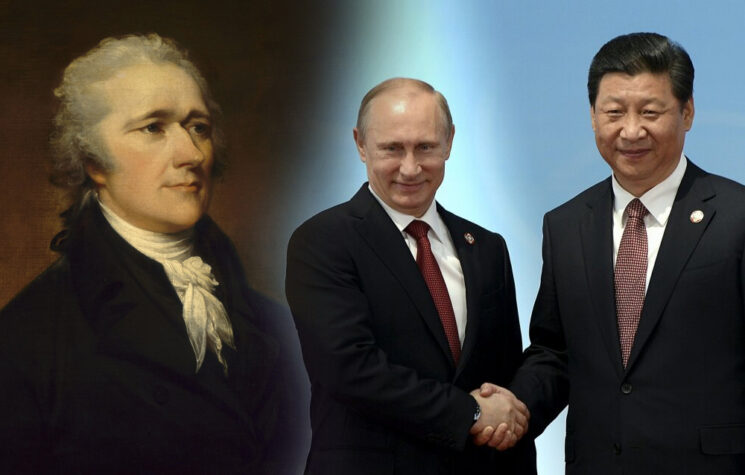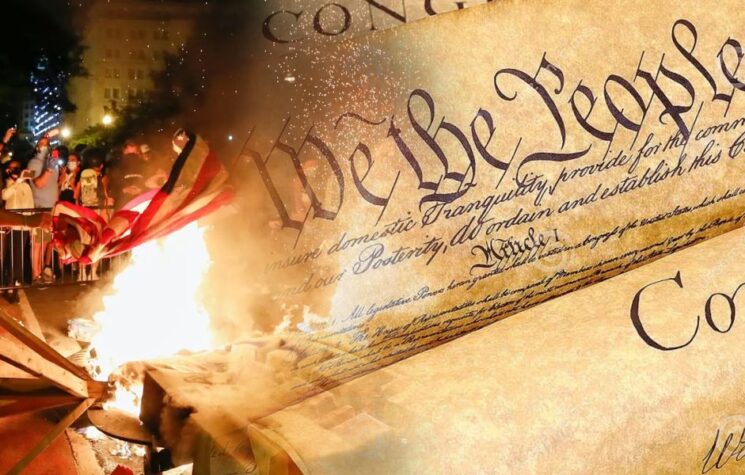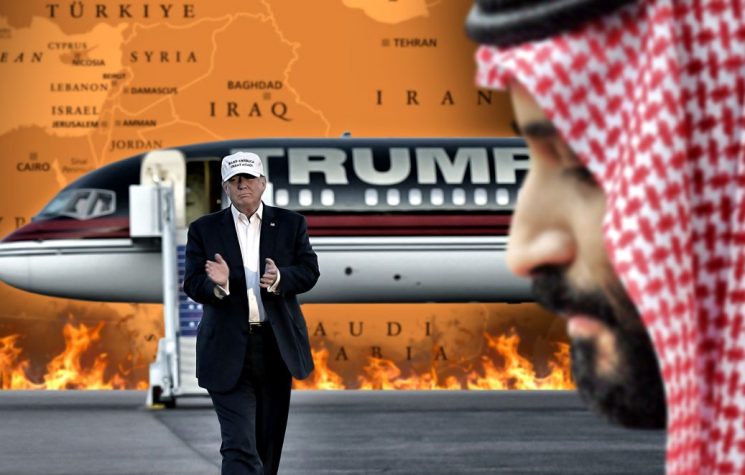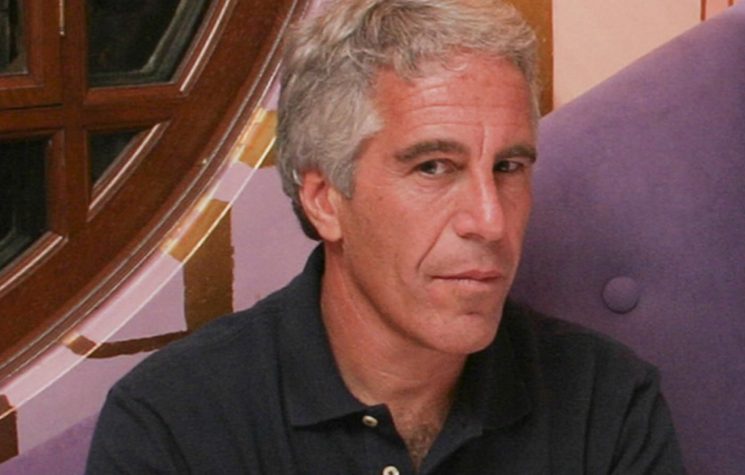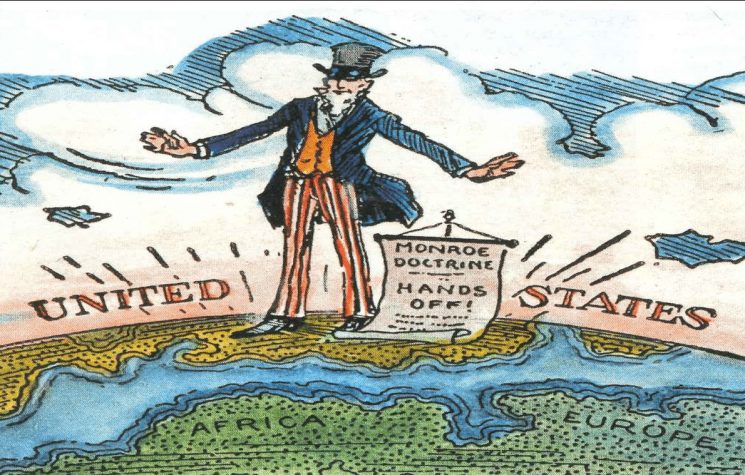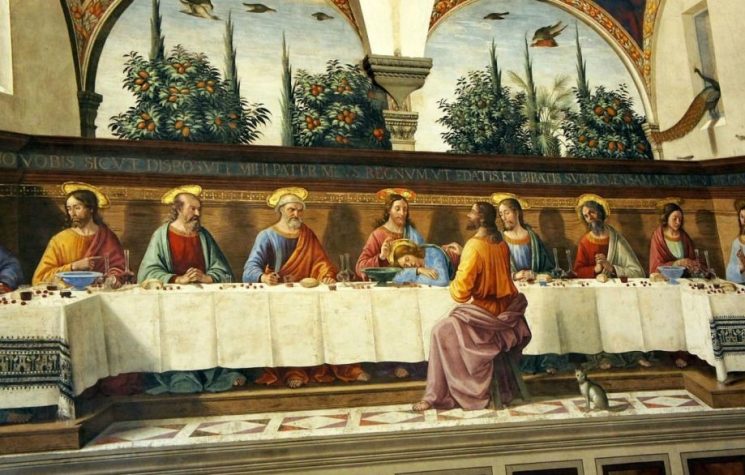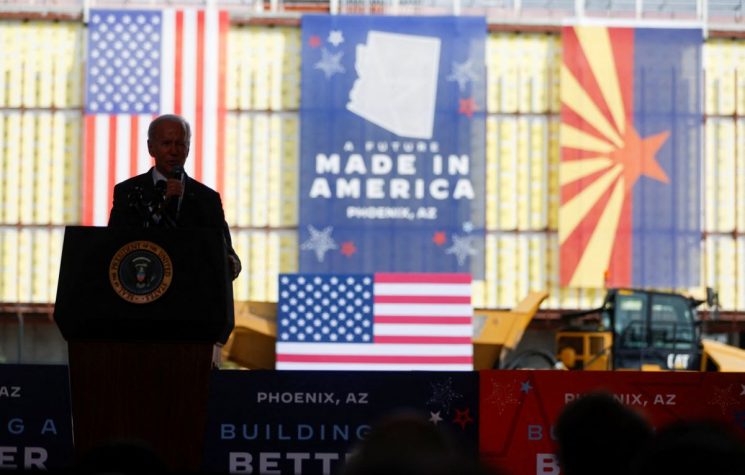While some onlookers have found themselves cheering on this impending meltdown of the “great American empire”, I think it is wiser to take a more measured approach to the tragedy now unfolding in America and across the entire trans-Atlantic Community. After all, what would we expect to see under conditions of dissolution of the union into civil war and economic collapse? Would the danger of war go away? Would economic injustice disappear as the Eurasian multipolar alliance swept the world to restore peace and win-win development on everyone?
I tend to think that this is overly simplistic wishful thinking and it is much more likely that a new more virulent form of fascism would likely rise to “restore order” onto the chaotic fires as the military industrial complex drives ever more aggressively for war with Russia and China. The sociopathic forces attempting to steer the formerly free trans Atlantic community are after all, so ideologically committed to their unipolar utopian vision of world government, depopulation and total hegemony that they would rather rule in hell than serve in heaven.
So is it too late, or is there still hope for the troubled republic?
In my last paper I introduced the figure of Alexander Hamilton (first Treasury Secretary and founder of the American System of political economy). I reviewed how America was saved from an early dismemberment in the early years of chaos after 1783’s Peace of Paris which finally ended the war with Britain but left a nation divided amongst itself, economically bankrupt and hopelessly in debt with no manufacturing power or national regulation of finance.
In that location I contrasted Hamilton’s system which tied the value and behaviour of money to the increasing powers of production of a society through manufacturing and internal improvements, to the opposing system of British free trade which tied value to hedonistic impulses and the worshiping of money.
In this essay, I’d like to take a moment to explore another chapter in America’s history that saw it come close to total dissolution under conditions not entirely dissimilar from those faced today. I speak here of the year 1861 as a newly elected Abraham Lincoln narrowly avoided several assassination attempts and entered the white house.
What did Lincoln Actually Face?
Beyond the dangers of secession, Lincoln had to contend with the Wall Street financiers and anglophile families who worked tirelessly to sabotage the president’s ability to acquire the funds necessary to execute the war.
To make matters worse, the state of economic affairs was impossibly unmanageable with over 7000 recognized bank notes in the USA and over 1496 banks each issuing multiple notes. Under this highly de-regulated system made possible by the 1836 killing of the national bank years earlier under Andrew Jackson and the passage of the 1846 Independent Treasury Act which prevented the government from influencing economic affairs, every private bank could issue currencies with no federal authority. With such a breakdown of finances, no national projects were possible, international investments were scarce and free market money worshipping ran rampant. Manufacturing collapsed, speculation took over and the slavocracy grew in influence between the 1837’s bank panic and 1860.
The City of London was obviously not interested in allowing the USA to get out from under water, and with the gold-backed pound sterling, ensured the manipulation of gold prices and orchestrated the buyout of U.S. gold reserves. When Lincoln sought loans to execute the war, whether from Wall Street or International banking houses, the loans were granted only at excessive interest rates of 20-25%.
Russian Ambassador to London de Brunow reported to Moscow of England’s desire to break the Union writing in January 1861:
“The English government, at the bottom of its heart, desired the separation of North America into two republics, which will watch each other jealously and counterbalance one the other. Then England, on terms of peace and commerce with both, would have nothing to fear from either; for she would dominate them, restraining them by their rival ambitions.”
Historian Robert Ingraham described this impossible situation in 2002:
“In January 1862, Gallatin [head of the NY Associated Banks] presented the bankers’ ultimatum to the Treasury: 1) pay for the war effort through a massive increase of direct taxation of the population; 2) deposit all U.S. government gold in the private New York banks and make those banks the sole (monopoly) agent for the marketing of U.S. government debt (primarily bonds sold in London); 3) suspend the “sub-treasury laws” (government regulation of banks); and 4) withdraw all government-issued paper currency so that only gold and private bank notes would circulate as currency.”
Although 150 years of revisionist historians have obscured the real Lincoln and the true nature of the Civil War as a British run operation to undo the revolution of 1776. The martyred president was always an opponent to slavery and always situated himself in the traditions of the American System of Hamilton describing in 1832 a policy which he later enacted 30 years later: “My politics are short and sweet, like the old woman’s dance. I am in favor of a national bank. I am in favor of the internal improvement system, and a high protective tariff. These are my sentiments and political principles.”
From this period in the Congress where he became a leading ally of John Quincy Adams, and played a leading role in opposition to the unjust U.S.-Mexican War, Lincoln committed himself consistently to ending not only systems of slavery but also all hereditary power structures internationally which he understood were inextricably connected saying during an 1858 debate with the slavocracy’s Judge Douglas:
“That is the issue that will continue in this country when these poor tongues of Judge Douglas and myself shall be silent. It is the eternal struggle between these two principles – right and wrong – throughout the world. They are the two principles that have stood face to face from the beginning of time, and will ever continue to struggle. The one is the common right of humanity and the other the divine right of kings.“
The means needed to break both systems of empire and slavery were located in the American System of political economy.
Lincoln Revives the American System
Putting this economic policy into action during the height of the war occurred in a 3-step operation which began with Banking and Currency Acts in 1862 and 1863. These acts established placed the thousands of local state banks under a federal charter with federal supervision for the first time in decades. By imposing a 10% tax on state bank notes, private independent state banks shrank from 1466 in 1861 to only 297 by 1865 and over 1630 national banks took their place.
The Bank Act of 1863 established reserve requirements for the first time, and also capped the interest rates in order to destroy usury within the nation itself. In order to eliminate international interference and manipulation from Wall Street financiers, the Bank Act also forced 75% of all bank directors to reside in the state in which the bank was located and all directors had to be American citizens.
The most important step in this fight was the sovereign control of credit issuance which according to Article 1 section 8 of the U.S. constitution can only be affected through the U.S. treasury (an important lesson for anyone serious about ending the privately run Federal Reserve controls over national finance today). Following this constitutional principle, Lincoln issued a new form of currency called Greenbacks which could only be issued against U.S. government bonds. These began being issued with the 1862 Legal Tender Act.
Nationally-chartered banks were now obliged to deposit into the federal treasury totalling at least one third of their capital in exchange for government notes issued by the Mint and Treasury (in order to qualify for federal charters needed to avoid the tax on state bank activities, banks found themselves lending to the government which gave Lincoln an ability to avoid the usurious loans from London and Wall Street.)
New bonds were issued under this scheme called 5:20 bonds (due to their 5-20 year maturation), which citizens purchased as investments into their nations’ survival. These bonds which united “personal self interest” with the general welfare of the nation provided loans to manufacturing as well as served as the basis for the issuance of more Greenbacks. Organized by Lincoln’s ally Jay Cooke (a patriotic Philadelphia banker), the 5-20 bonds were sold in small denominations to average citizens who then had a vested interest in directly participating in saving their nation. Between 1862-1865 these bonds accounted for $1.3 billion. Lincoln described the success of this new approach to finance saying:
“The patriotism of the people has placed at the disposal of the government the large means demanded by the public exigencies. Much of the national loan has been taken by citizens of the industrial classes, whose confidence in their country’s faith and zeal for their country’s deliverance from present peril has induced them to contribute to the support of the government the whole of their limited acquisitions. This fact imposes peculiar obligations to economy in disbursement and energy in action.”
These measures were accompanied by a strong protective tariff to grow American industries as well.
By the beginning of 1865, $450 million in Greenbacks were issued making up over half of all currency in circulation. Greenbacks and 5-20 bonds financed not only the arming, feeding and payments to soldiers, but also the often-overlooked large scale industrial and rail programs begun during the peak of the war itself… namely the trans continental railway (started in 1863 and completed in 1869 linking for the first time in history a continent from east to west). This was financed through grants and subsidies made possible by the greenbacks which increased government spending power by 300%!
In his 1865 essay How to Outdo England Without Fighting Her, Lincoln’s economic advisor Henry C Carey stated: “The ‘greenback’ has fallen on the country as the dew falls, bringing with it good to all and doing injury to none.”
Unfortunately, the subversion of Lincoln’s American System began quickly with Lincoln’s murder (carried out from Confederate intelligence operations run through British Canada). Rather than impose full reconstruction of the defeated south after the war as Lincoln planned, a new war was waged against Greenbacks led by the City of London and its American agents in Wall Street which ultimately subverted American productive credit with the 1871 Specie Resumption Act. This act killed the greenbacks and tied the republic’s currency to gold submitting the nation to London’s speculative controls while contracting the means of credit from large scale long term infrastructure projects.
In his 1865 inaugural address Lincoln’s treacherous Vice-President Andrew Johnson attacked protectionism and said “Free trade with all the markets of the world is the true theory of government.”
Contemplating the international scope of the Civil War, Lincoln stated in 1862:
“Fellow citizens, we cannot escape history. We of this Congress, and this administration, will be remembered in spite of ourselves. No personal significance, or insignificance, can spare one or another of us. The fiery trial through which we pass, will light us down, in honor or dishonor, to the last generation. We say we are for the Union. The world will not forget that we say this. We know how to save the Union. The world knows we know how to save it. We even here–hold the power and bear the responsibility. In giving freedom to the slave, we assure freedom to the free–honorable alike in what we give and what we preserve. We shall nobly save, or meanly lose, the last, best hope of earth. Other means may succeed–this could not fail. The way is plain, peaceful, generous and just–a way which, if followed, the world will forever applaud and God must forever bless… If we do this we shall not only have saved the Union, but we shall have so saved it, as to make, and to keep it forever worthy of the saving. We shall have so saved it, that the succeeding millions of free happy people the world over shall rise up and call us blessed, to the latest generations.”
One Last Chance…
Like Lincoln, President Trump faces many threats today both within his own neocon-infested administration as well as within the British run deep state that has taken over the Democratic party since the murder of JFK.
But in spite of these problems, he is the first president to publicly invoke the American System of Lincoln by name since the assassinated President McKinley in 1901. His recent Republican party convention speech of August 27 repeatedly invoked Lincoln’s name while calling for a newly reconstituted party without the Bush dynasty poison (the Bush family completely boycotted the convention). During the speech Trump stated:
“The Republican Party, the party of Abraham Lincoln, goes forward united, determined and ready to welcome millions of Democrats, independents and anyone who believes in the greatness of America and the righteous heart of the American people.”
In an earlier 2017 Kentucky speech Trump invoked the “American model” and said “this is the system our Founders wanted. Our greatest American leaders — including George Washington, Hamilton, Jackson, Lincoln — they all agreed that for America to be a strong nation it must also be a great manufacturing nation.”
Will Trump have the strength to give neocon vipers in his cabinet the Bolton treatment before they unleash war with Russia and China? Will he be able to avoid a new economic meltdown, civil war and coup d’état before 2021? Will Lincoln’s system be revived both in America and alongside other nations like Russia and China before a global catastrophe befalls us? Those questions remain to be seen.










